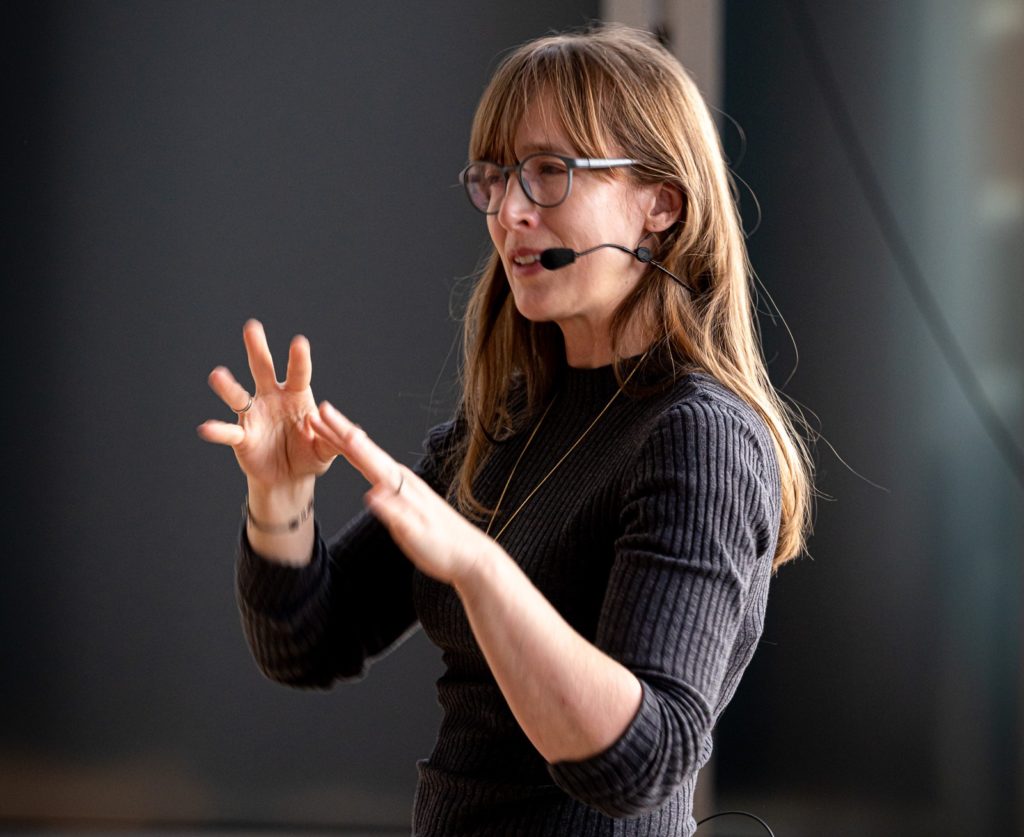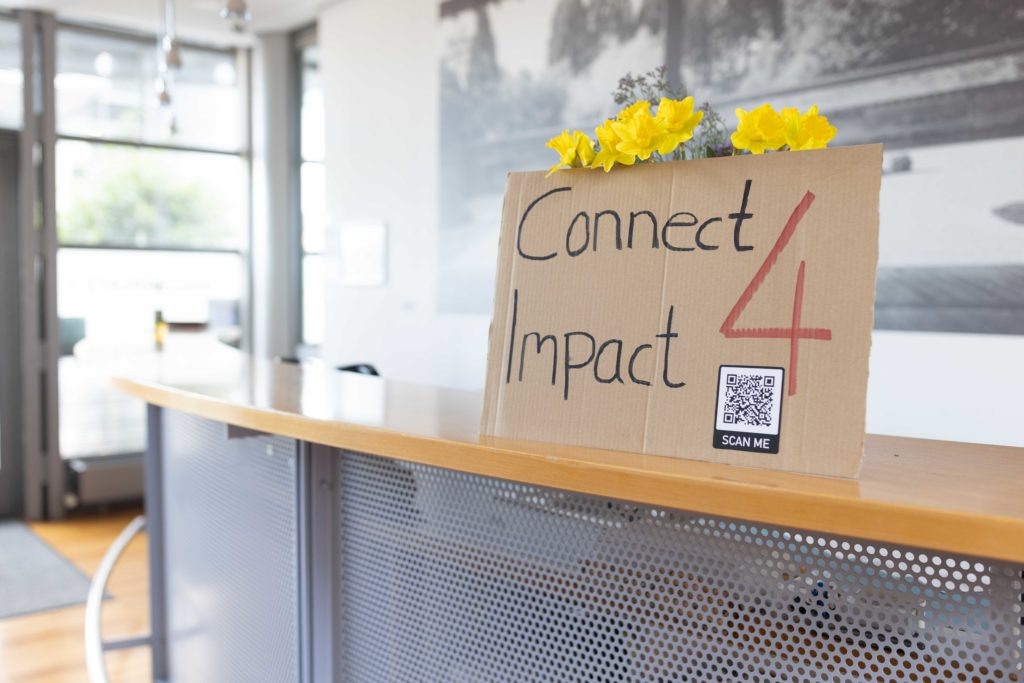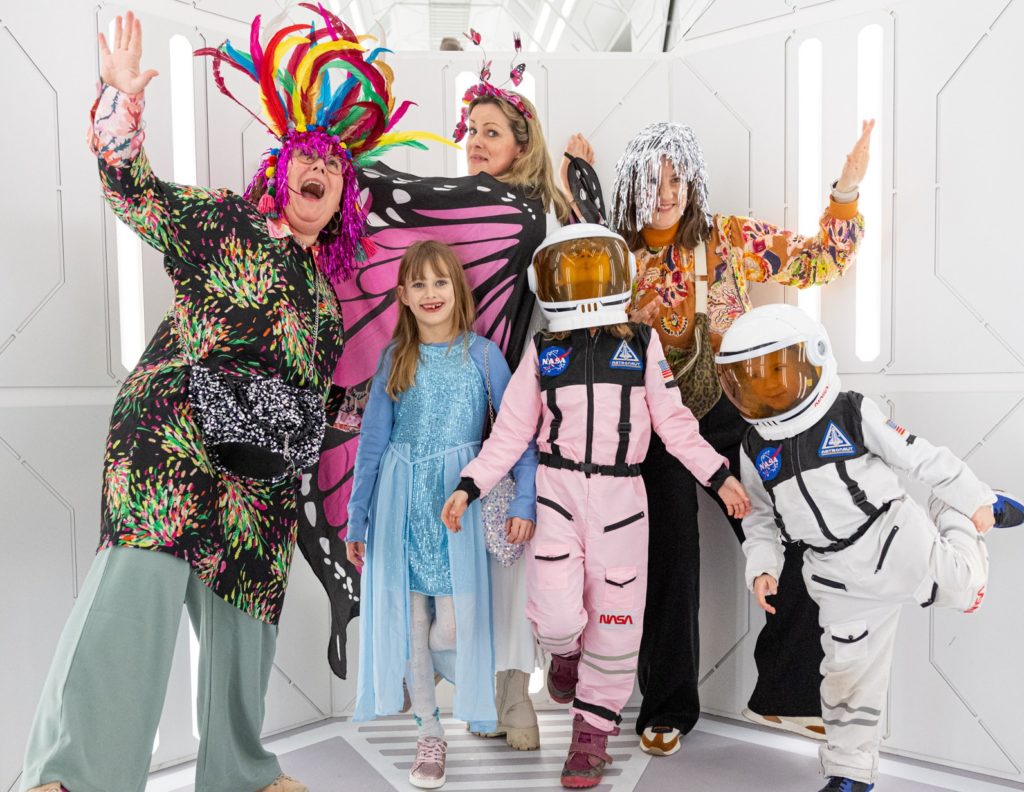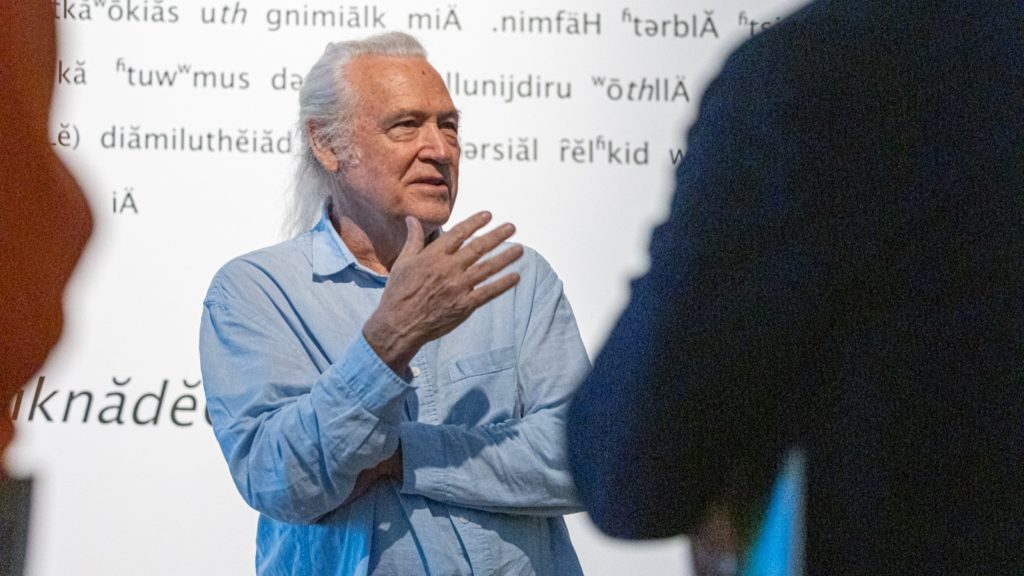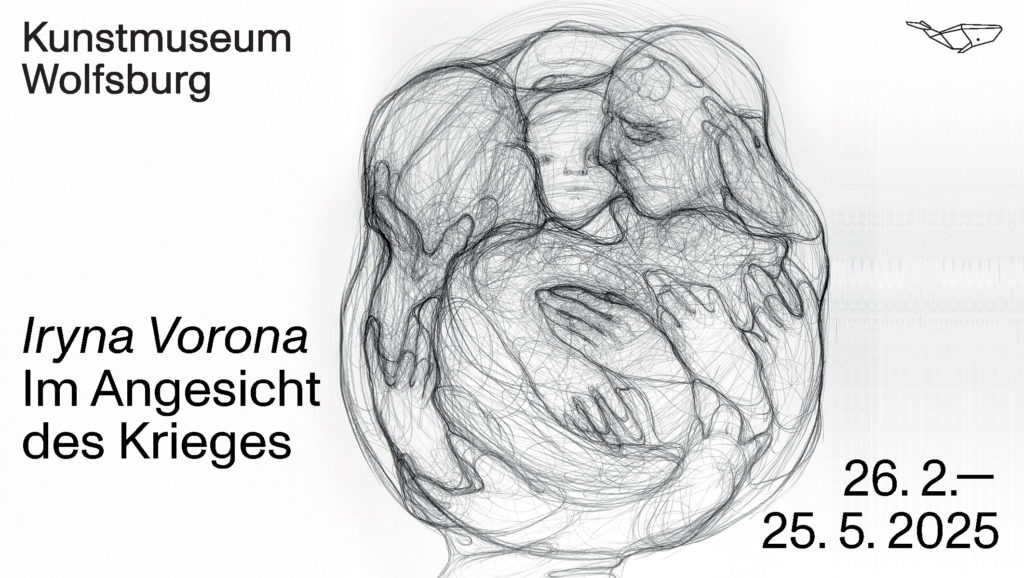Imi Knoebel
Works 1966 – 2014
Info
“When I’m doing an exhibition, I simply try to create a new painting with the paintings
I’ve just made or put together.” Imi Knoebel
Imi Knoebel (*1940 in Dessau) composes an exhibition in the same way that he creates a new painting. A comprehensive exhibition of Knoebel’s oeuvre − the first worldwide in nearly twenty years − will be presented at the Kunstmuseum Wolfsburg, which is honoring the 75th birthday of this important German artist. “Imi Knoebel. Works 1966 – 2014” features major works and groups of works, ranging from the “Linienbilder” [Line Paintings] (1966–68), “Raum 19 III” [Room 19] (1968/2006), and “Eigentum Himmelreich” [Kingdom of Heaven] (1983), to the aluminum paintings from the 1990s, as well as his most recent works. Loans of significant works from private and public collections in Europe are supplemented by the painter’s own collection. More than one hundred paintings, objects, and installations document the unusual role that Imi Knoebel has played in the arts from the latter half of the twentieth century to the present day.
Knoebel was long a student of Joseph Beuys, who revolutionized the concept of art. While still at the Kunstakademie Düsseldorf, Knoebel developed a fundamental formal vocabulary, employing it to create rigorously abstract paintings. Kazimir Malevich, painter of the “Black Square” (1915), provided him with a matrix for an approach to art that goes beyond the “world of things.” Even Knoebel’s very first installation, “Raum 19 III” [Room 19], built in 1968 while he was still a student, reveals a fundamental characteristic of his oeuvre: the questioning of painting’s relationship to space. His arrangement of the 836 individual pieces of “Room 19 III” is a synthesis of studio, warehouse, and exhibition space. In combination with the luminously phosphorescent Batterie [Battery] (2005), it also examines the theme of the “stored” potential of earlier works, which the artist delves into, “recharging” it again and again.
Between 1968 and 1974 Knoebel also incorporated photography and light as independent media into his concept of painting, using them for his indoor and outdoor projections and the “Sternenhimmel” [Skies with stars]. From 1975 to the present day he has been working on overlapping monochromatic rectangles, the so-called “Red Lead Paintings”. His palette in the early years concentrated on white and black, but also included the warm color of Masonite and red lead, an anti-rust agent; however, Knoebel began adopting other colors in 1976.
In the 1980s he decisively expanded his formal repertoire by working with found pieces and materials such as old wood, rusty iron, used hoses, and weathered, corrugated sheet metal. This led to multi-part works of art such as “Eigentum Himmelreich” [Property Kingdom of Heaven] (1983), which will be on display at the museum. In 1990 the painter’s interest in form, foundation, structure, line, surface, and color inspired him to make the first aluminum reliefs, and from then on, their multilayered variations occupied an important place in his work. With these object-like aluminum paintings, Knoebel again departed from the canvas to allow the painting to encroach upon space.
With the series “Ich Nicht” [Not Me] (2004 − 2006) he supplied an original response to Barnett Newman’s painting “Who’s Afraid of Red, Yellow and Blue?” (1966–70), while at the same time examining the theme of primary colors in twentieth-century abstract art. The latter once again appeared to advantage in the six glass paintings for the apse in the cathedral of Notre Dame in Reims (France), which were unveiled in June 2011. These grand windows made him known to a much broader public outside of the art scene.
The Kunstmuseum Wolfsburg’s exhibition, “Imi Knoebel. Works 1966 – 2014”, unfolds the development of Imi Knoebel’s multifaceted oeuvre over a time span of almost fifty years. Each and every painting is part of a continuously growing body of work. To this day, Knoebel continues to go back to earlier works, adding to them, expanding upon them, or reinterpreting them. The building blocks of this further development are the painter’s current works, and the show also includes a number of these, such as “Ein Drachen für Brigitta” [A Kite for Brigitta] (2014), which has never been exhibited before. In the context of his entire oeuvre, his creative process is also reflected in the presentation of the exhibition. With its open, generous architecture, the 40-x-40-meter exhibition hall offers an appropriate space for his work. Having designed the show himself, the artist has positioned “three walls running diagonally through the enormous space, opening up paths,” as Knoebel explains. To him, a wall is not simply an open, available surface upon which to hang art; rather, it becomes part of the image and design. There are many possible perspectives and groupings, depending upon where the viewer is standing in the expansive space. The central theme of the show is the dialogue that takes place between works. In this presentation, visitors not only move from work to work, and from one wall of paintings to the next, but as they stroll through the hall, they may create new relationships among individual paintings, groups of works, and the exhibition space itself. Imi Knoebel’s paintings activate more than the space − they activate the audience, as well. Even though the exhibition is a survey of nearly fifty years, it is not chronologically organized. According to Knoebel, the exhibition starts by showing “just the beginnings, actually − and then everything gets mixed up!”
Besides essays by Marie-Amélie zu Salm-Salm, Martin Schulz and Max Wechsler, an interview with Imi Knoebel by Johannes Stüttgen, and an extensive biography of his career by Carmen Knoebel, the show’s voluminous catalogue contains many photographs of the installations; it will be published during the run of the show by Kerber Verlag, and can be ordered online through the Museum shop (€ 38,-).
The exhibition is supported by Volkswagen Financial Services AG.
